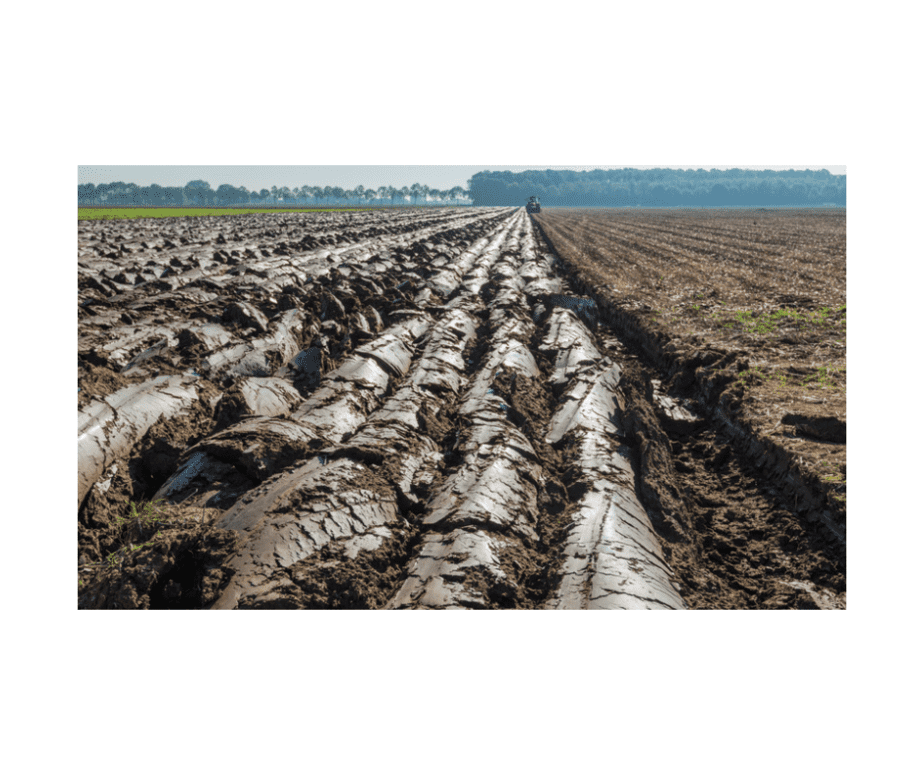Heavy clay soils have a bad reputation; typically, they can become waterlogged in winter, rotting away at a plant’s root system. By stark contrast, the height of summer can see the soil completely dry out and large cracks appearing in beds and borders. Despite this, clay also has some great benefits: it is nutrient-rich, and plants suited to the medium really thrive.
How to garden with heavy clay soil
Improving Heavy Clay Soils
One way in which a gardener may choose to deal with heavy clay soil is to try to improve the soil in itself. Key elements of soil improvement include improving the drainage of the soil, which will help with both waterlogging in winter and cracking in the summer. In addition, improving the soil may also include generally improving the levels of nutrients available. Clay soils also often have an association with high levels of alkalinity; the addition of large amounts of certain organic matter may also aid in lowering the ph level of the soil if such a result is desired. In order to improve the drainage of heavy clay soil, it is recommended that a mixture of sharp sand and organic matter is dug into the beds and borders. When improving soil, it is important to improve the whole bed rather than simply the immediate area around which a plant is to be placed. If only the area around immediate planning is improved, then the roots of weaker specimens will be bound to a smaller area, thus stunting the growth of a plant.
Selecting Plants for a Heavy Clay Soil
The key to successful gardening on heavy clay soil is the selection of the right plants in the first place. In addition to considering plants that will tolerate clay, one should also consider that in many cases, plants will need to cope with alkaline conditions. In general, a gardener will have a greater level of success with plants that have strong root systems such as trees and shrubs than those of the herbaceous variety. This said, there are plants available in all shapes and forms which will either thrive or tolerate heavy clay conditions.
Shrubs –
Shrubs may provide the single biggest family of clay-loving plants suitable for planting in the garden. Roses are a traditional favorite for planting clay soil; the nutrient-retaining nature of the soil benefits the plant and aids flowering. Roses can be thirsty plants, however, and as such, the soil should not be allowed to dry out in the height of summer. Dogwood is also a good shrub for heavy clay soil; the bark of the shrub will also bring bright fiery colors to the garden during the depths of winter. Other good shrubs for clay soils include Hydrangeas, Holly, and Junipers.
Herbaceous –
Despite the delicacy of the root systems of some herbaceous plants, there are still a number of suitable candidates. Campanulas make an attractive ground-covering plant, with masses of usually blue flowers. For a more upright display, a gardener may choose a variety of Asters or other varieties of the daisy family. Prairie plants such as Rudbeckia and Echinacea also do particularly well and bring a warm feeling to the garden late into the summer and on into autumn.
